What are your thoughts when you compare the culture and life in South Korea VS the USA? No matter how many K-dramas you’ve binge-watched or Korean snacks you’ve tried from your local H-Mart, nothing quite prepares you for the real thing. Traveling from the USA to South Korea isn’t just a flight across time zones—it’s a complete shift with significant cultural differences.
So before you step off that plane and dive headfirst into Korean street food or temple visits, it helps to know what truly makes South Korea culturally unique—and how that differs from life back in the States. This guide will give you exactly that: a fact-based, traveler-first look at what to expect and how to navigate those moments of cultural dissonance like a pro.
South Korea VS USA: Cultural Differences You Need to Pay Attention
Here are all the most crucial cultural differences of South Korea VS the USA. Pay attention as they will help you navigate your daily interactions with confidence, and avoid those small missteps that could lead to awkward or unpleasant moments. Your trip will be smoother, more respectful, and far more enriching.
1. Respect is Hierarchical in Korea—Not Casual and Egalitarian
In the U.S., it’s normal to call your boss by their first name or challenge a teacher’s opinion during class. That would feel shockingly inappropriate in Korea.
Korean society places strong emphasis on hierarchy—by age, job title, and social role. You’ll notice people bow slightly when greeting someone older, use two hands when giving or receiving something, and avoid direct disagreement in public spaces. You may also need to call someone unnie/hyung/oppa/noona even if they’re only several months older than you are.
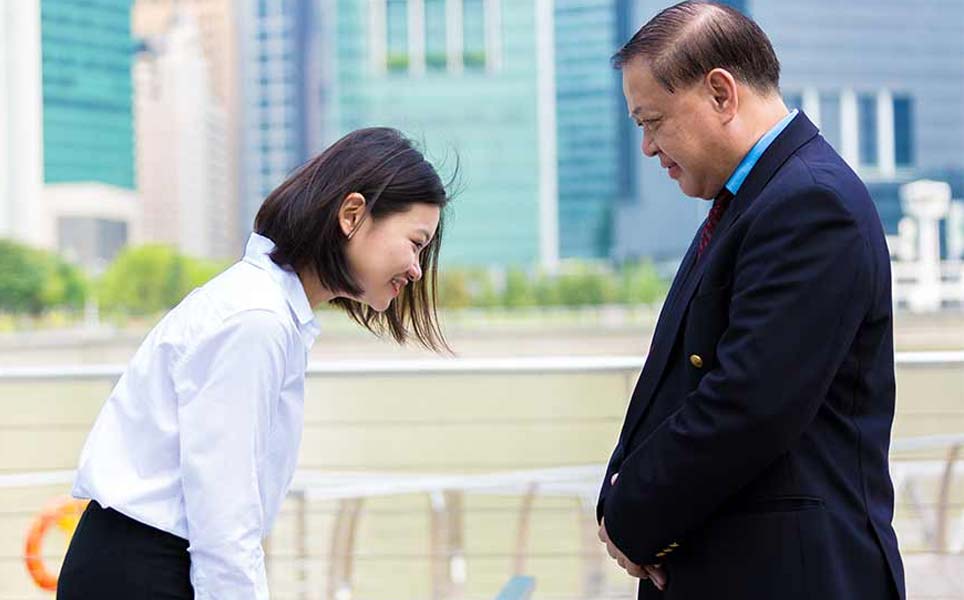
As a traveler, this doesn’t mean you need to memorize every honorific—but basic gestures of politeness go a long way. Using both hands when handing over your card or saying “annyeonghaseyo” with a slight bow will instantly show respect.
2. Personal Space and Silence Are Valued More in Korea
If you’re used to striking up casual conversations with strangers or being chatty with your barista, you might find Korea more reserved. Silence is not awkward here—it’s respectful.
In Korea, people often speak softly in common public settings, for example: trains, cafes, and even elevators. It’s not that they’re unfriendly—it’s that public space is shared space, and disrupting others is culturally discouraged.
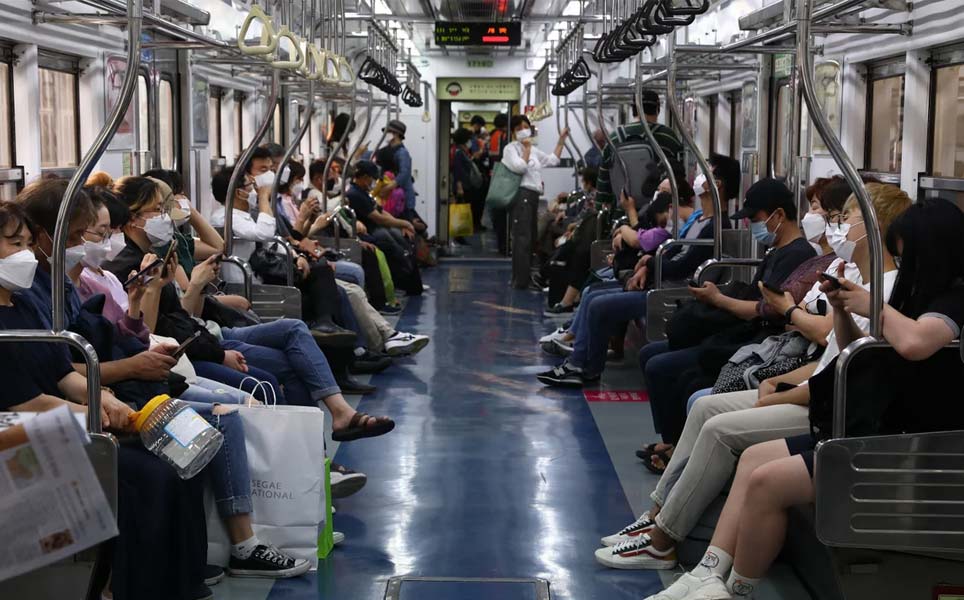
You may also find that people don’t hold eye contact as long as Americans typically do, especially with strangers or authority figures. This is about humility, not rudeness.
3. Tipping Is Not Expected—And Can Even Be Misunderstood
In the U.S., tipping is practically a moral duty. In South Korea? Not at all.
Whether you’re at a restaurant, in a taxi, or getting your hair done, tipping is neither required nor culturally appropriate. Many service workers may even refuse tips if offered. That’s because excellent service is considered standard, not something that must be rewarded.
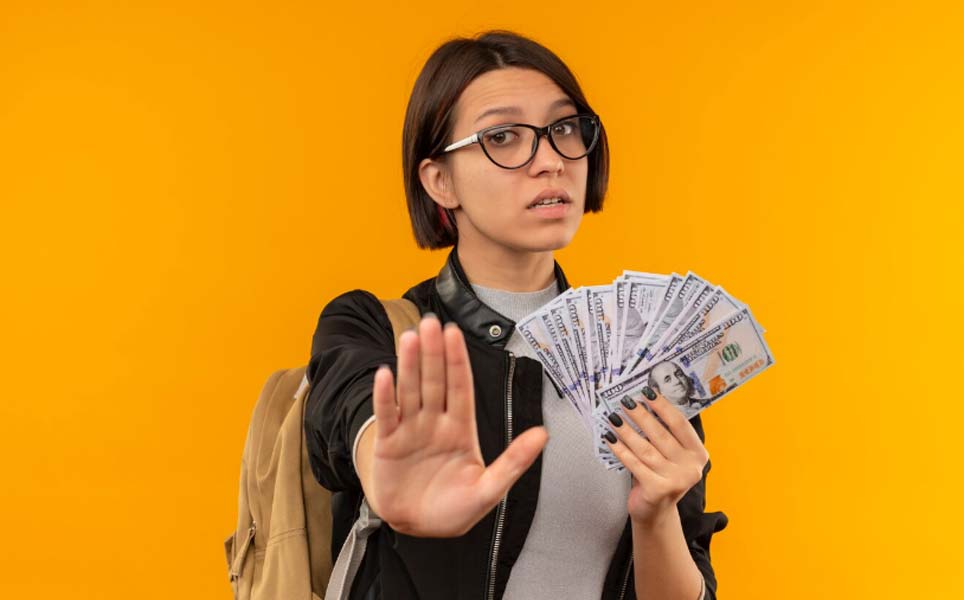
Even though South Korea recently faced a newly emerging tipping trends in tourist-heavy areas (e.g., Itaewon or Gangnam) or Western-style establishments, these are NOT mandatory. In fact, some Koreans are still putting them under heavy criticism.
So relax. Tipping may occasionally be accepted in South Korea, but most of the times, the bill is the bill. You don’t need to calculate too much at the table.
4. Dining Is a Shared Experience—Not a Personalized One
In the U.S., meals are often served with individual plates, and everyone orders their own dish. In Korea, food is meant to be shared—and you’ll likely be reaching into the same bowl as everyone else at the table.
It’s common for a group to order a few large dishes (like samgyeopsal or jjigae) and dig in with chopsticks. And then there’s banchan—a spread of small side dishes that get refilled throughout the meal and belong to the entire table, not just you.
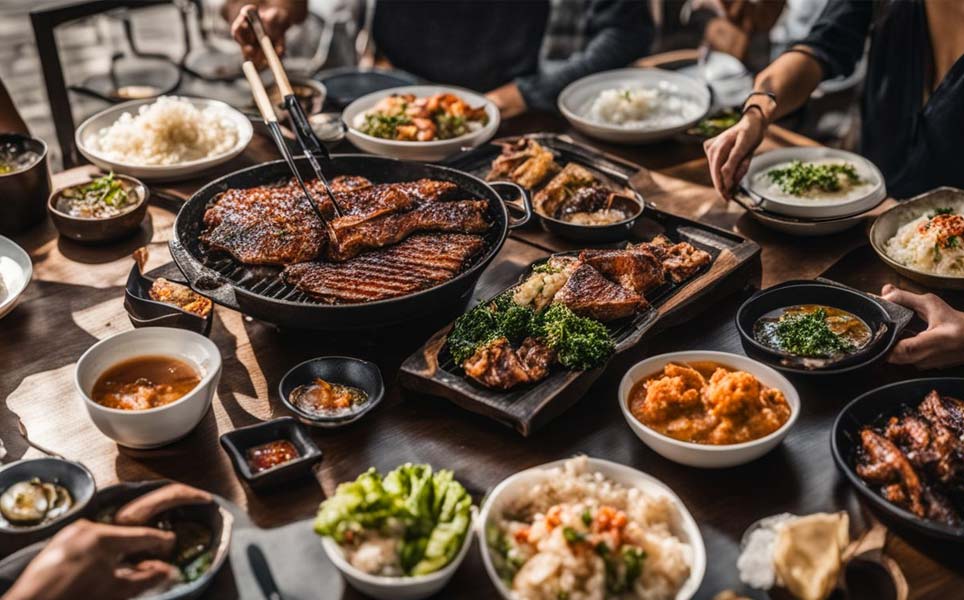
You’ll rarely see substitutions, gluten-free labels, or “can I get that without onions?” requests. It’s considered impolite to customize orders, especially in traditional eateries.
Therefore, if you have some kind of dietary restrictions, allergies for example, it is highly necessary that you communicate this matter politely in the beginning.
5. Work and Study Culture Is More Rigid and Intense
It’s no secret that Korea has one of the most demanding education systems in the world. From sunup to sundown, students attend classes, hagwons (private academies), and study until late. It’s not uncommon to see teens still in uniform heading home at 10 PM.
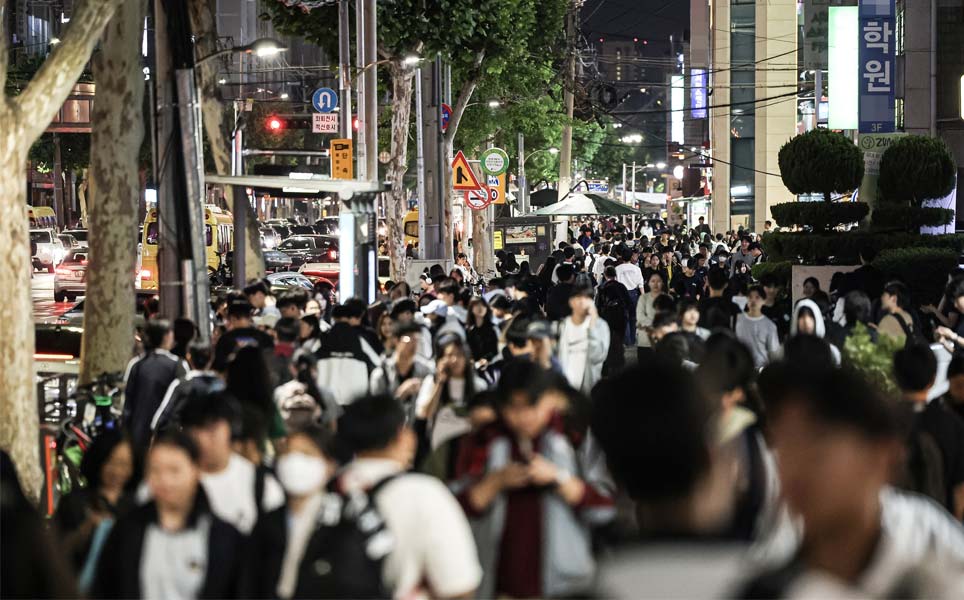
The same goes for work culture. In the U.S., work-life balance is increasingly valued. In Korea, working late may often represent a symbol of commitment, even if you’re done with your tasks. While this is gradually changing, expectations for overtime, after-hours team dinners, and strict hierarchy in the workplace are still very real.

Indeed, recent cultural and legal shift have begun to promote better work-life balance, especially among younger professionals. However, as a traveler, this shifting difference might impact how you interact with locals, especially professionals or students—they may have far less free time than you’d expect.
6. Appearance Matters—A Lot
While personal expression is celebrated in the U.S., South Korea leans toward social presentation and conformity. People dress neatly, groom carefully, and are highly aware of how they are perceived in public.
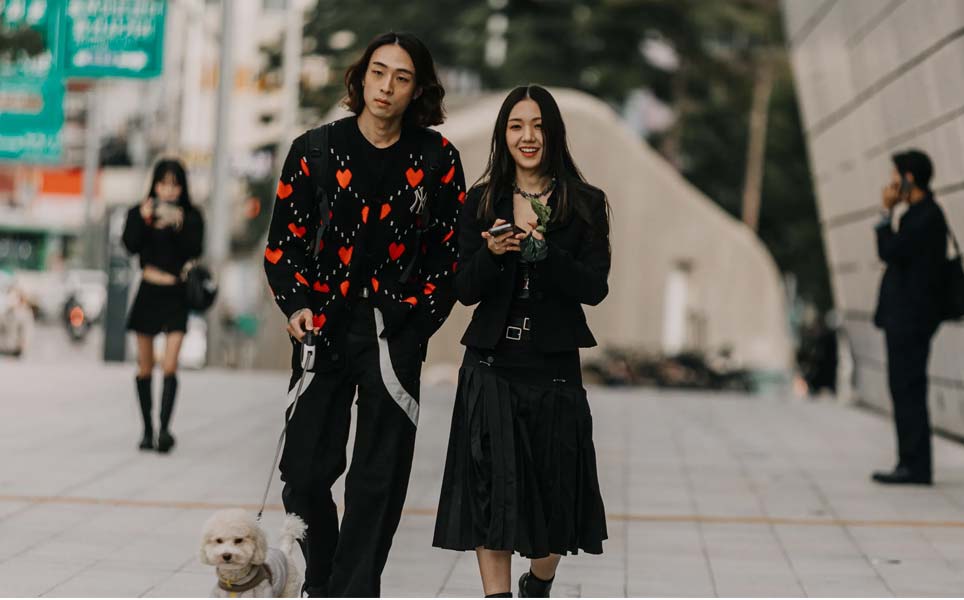
This isn’t just about vanity. In a competitive society where job interviews often require photos, and resume screening may include appearance, looking “put-together” is considered a form of social respect.
Even casual settings like a university campus or subway ride often feel like walking through a curated fashion shoot. As a traveler, there’s no dress code—but being polished will help you blend in respectfully.
7. Romantic Culture Is Public, But Dating Norms Are Private
You might see couples in matching outfits holding hands at theme parks—and then be surprised that dating is rarely discussed openly in families or workplaces.
In Korea, romantic relationships are visibly celebrated (for example: the Love Days, Pepero Day, 100-day anniversaries, and heart-shaped filters on KakaoTalk), but also treated with discretion in formal spaces. Many couples avoid revealing relationships at work or to their parents unless it’s serious.
If you’re dating while traveling or living in Korea, you’ll find that gestures are cute and public—but expectations around commitment and gender roles may feel more traditional than in the U.S.
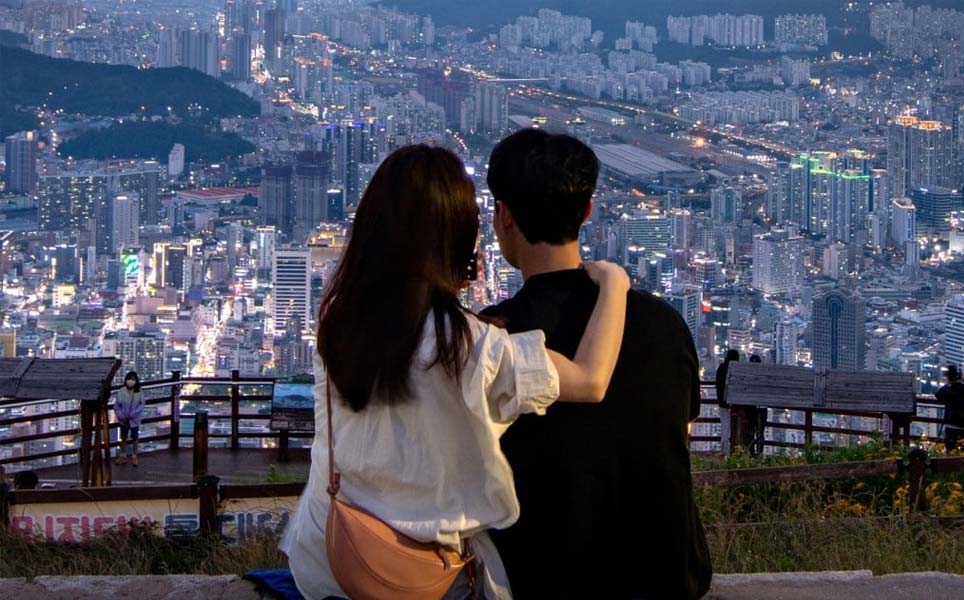
8. Public Drinking Is Legal—But Public Drunkenness Has Limits
Here’s a fun shocker for American visitors: you can legally drink on the street in Korea. Soju at the Han River? A can of beer on a late-night walk? Especially in social or recreational areas, public drinking is totally legal.
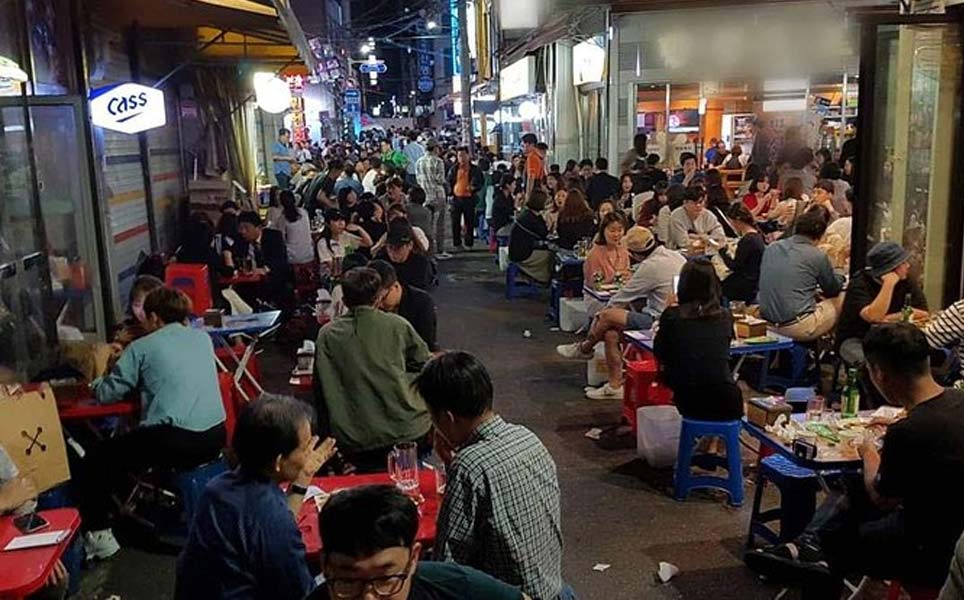
But don’t confuse permission with a free-for-all. Drunken disorderly conduct is still socially frowned upon, especially in quiet areas or residential neighborhoods. Be respectful, clean up after yourself, and know when to call it a night.
9. Social Media Is a Different Beast
Korea’s digital ecosystem looks nothing like the U.S. Forget iMessage—everyone uses KakaoTalk. And instead of Google Maps or Instagram Reels, you’ll see locals relying on Naver, Papago, or local platforms.
Photos are highly filtered (yes, even profile pictures), and trends spread fast. QR menus, payment via phone, and self-checkout kiosks are standard.
So, if you’re traveling from the USA to South Korea with an unlocked phone, you’ll want a local SIM to function like a local. And while Google Map can now serve as a backup for some famous attractions in big cities, you may want to at least download Naver Map and KakaoTaxi before you land—just to be safe.
10. Hospitality Comes Without a Smile—but It’s Still Genuine
In the U.S., “Have a nice day!” is served with every coffee. In Korea, service staff might barely look up—and that’s not rude. Korean service culture emphasizes efficiency over friendliness.
What you may find instead is someone remembering your usual order after one visit. Or getting complimentary refills without asking. Or a quiet but helpful hand gesture guiding you to your table.
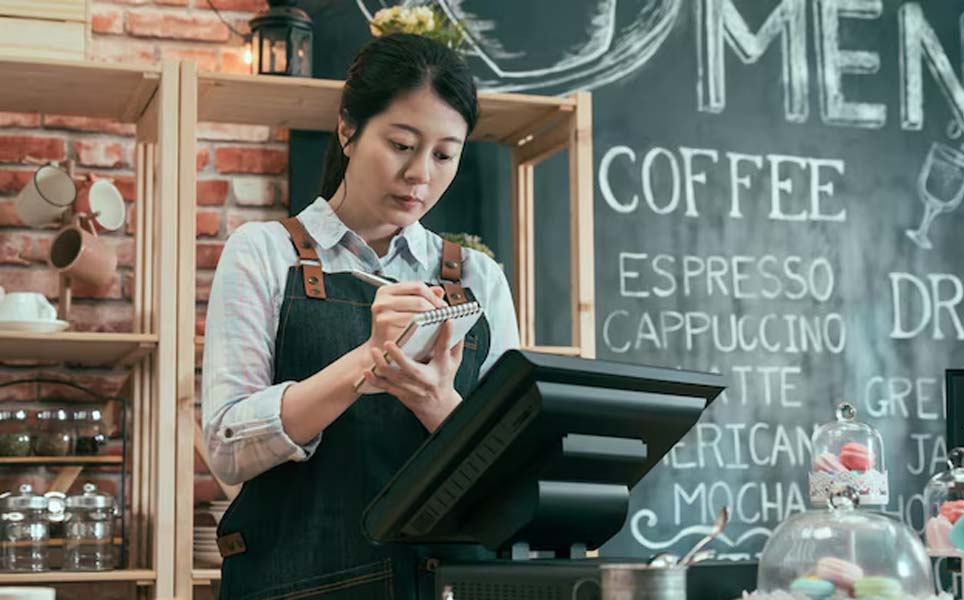
Korean hospitality is understated, but sincere. Yes, some tourist-oriented businesses may adopt a warmer, more familiar style. However, if you’re looking for beyond these tourism surface in South Korea, you may want to prepare yourself for more cultural differences VS the USA.
Look for the action, not the tone.
Cultural Differences of South Korea VS USA: The Shock Isn’t a Problem—It’s a Privilege
Finally, if you’re traveling from the USA to South Korea, you can expect some surprises on the cultural differences, especially for first-timers. They may feel jarring at first, but these cultural differences between the USA and South Korea are what make the experience unforgettable.
Because through these cultural differences, you are stepping into a world where values are expressed differently, where respect is quiet, and where even the smallest gestures are steeped in meaning.
So, embrace the unfamiliar. That’s where the magic begins.
Now, which cultural differences of USA VS South Korea you found most shocking? Please share them with us.
Related Posts
2,079 total views, 9 views today

















